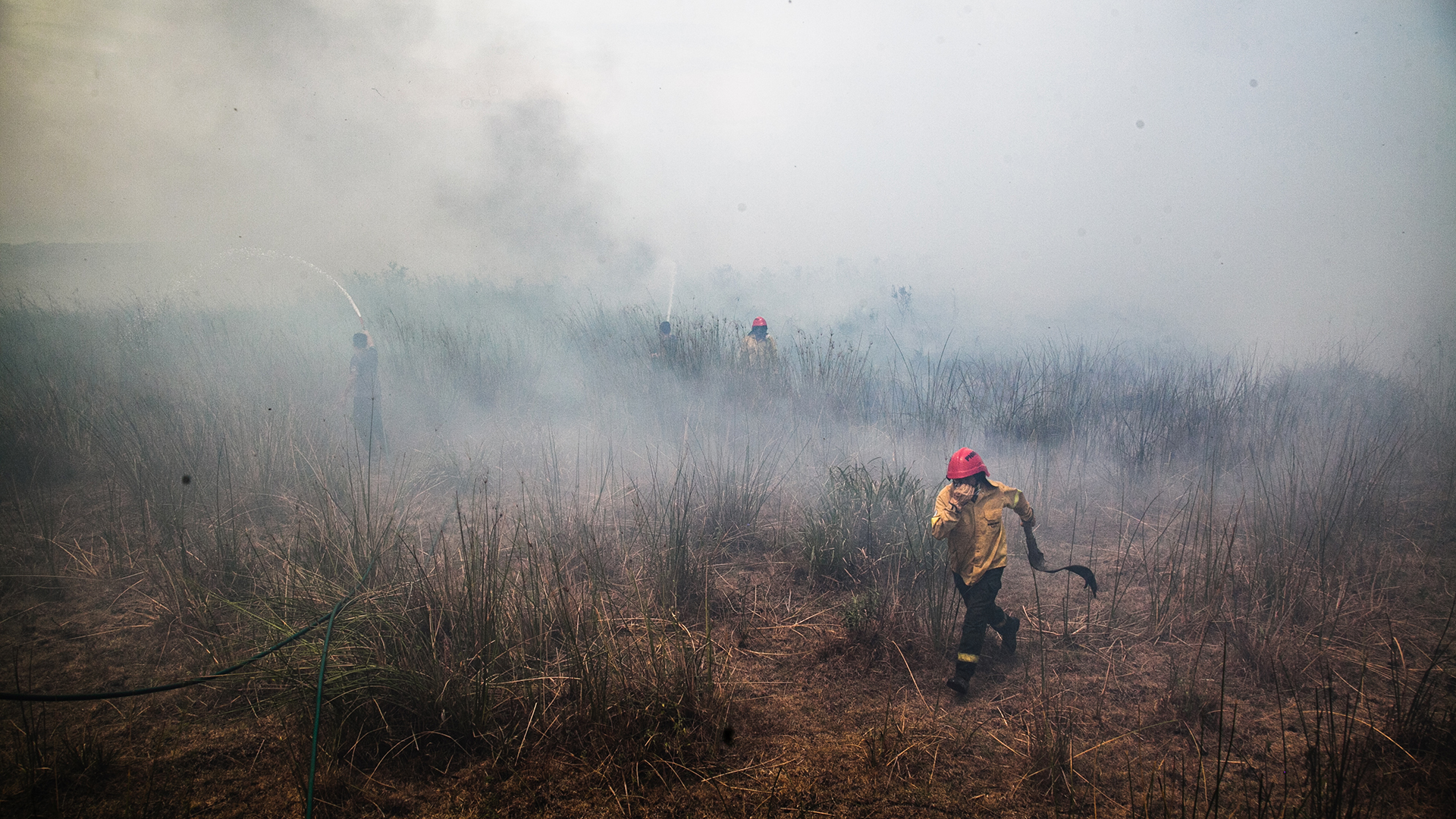Remote Sensing, Vol. 16, Pages 4330: Comparative Validation and Misclassification Diagnosis of 30-Meter Land Cover Datasets in China
Remote Sensing doi: 10.3390/rs16224330
Authors: Xiaolin Xu Dan Li Hongxi Liu Guang Zhao Baoshan Cui Yujun Yi Wei Yang Jizeng Du
Land cover maps with high accuracy are essential for environmental protection and climate change research. The 30-meter-resolution maps, with their better resolution and longer historical records, are extensively utilized to assess changes in land cover and their effects on carbon storage, land–atmosphere energy balance, and water cycle processes. However, current data products use different classification methods, resulting in significant classification inconsistency and triggering serious disagreements among related studies. Here, we compared four mainstream land cover products in China, namely GLC_FCS30, CLCD, Globeland30, and CNLUCC. The result shows that only 50.34% of the classification results were consistent across the four datasets. The differences between pairs of datasets ranged from 21.10% to 37.53%. Importantly, most inconsistency occurs in transitional zones among land cover types sensitive to climate change and human activities. Based on the accuracy evaluation, CLCD is the most accurate land cover product, with an overall accuracy reaching 86.98 ± 0.76%, followed by CNLUCC (81.38 ± 0.87%) and GLC_FCS30 (77.83 ± 0.80%). Globeland30 had the lowest accuracy (75.24 ± 0.91%), primarily due to misclassification between croplands and forests. Misclassification diagnoses revealed that vegetation-related spectral confusion among land cover types contributed significantly to misclassifications, followed by slope, cloud cover, and landscape fragmentation, which affected satellite observation angles, data availability, and mixed pixels. Automated classification methods using the random forest algorithm can perform better than those that depend on traditional human–machine interactive interpretation or object-based approaches. However, their classification accuracy depends more on selecting training samples and feature variables.

 1 day ago
14
1 day ago
14


